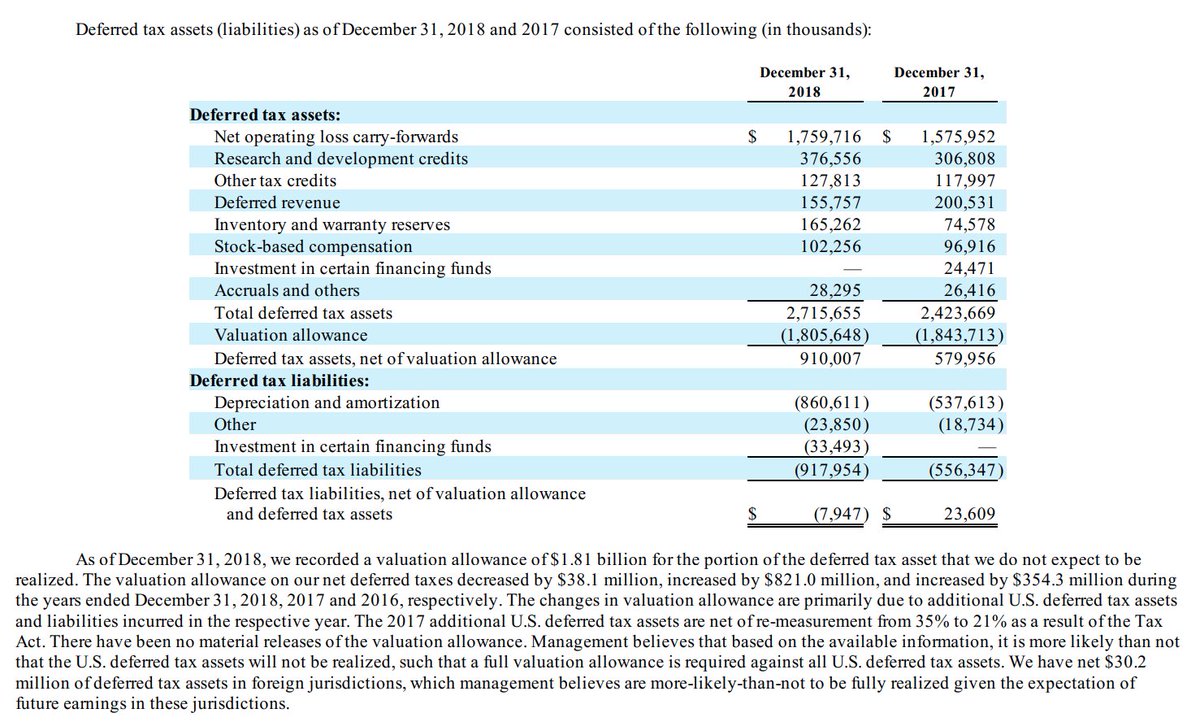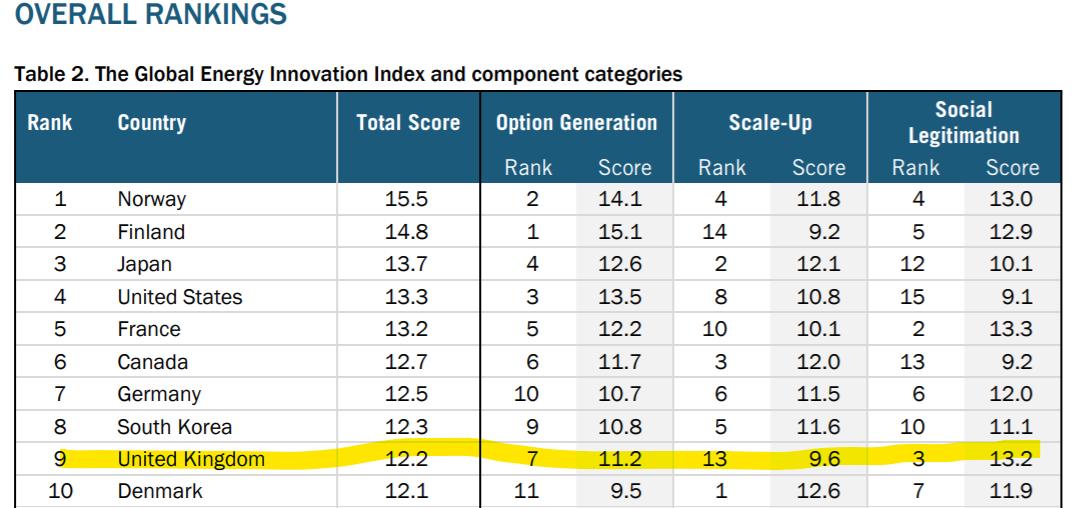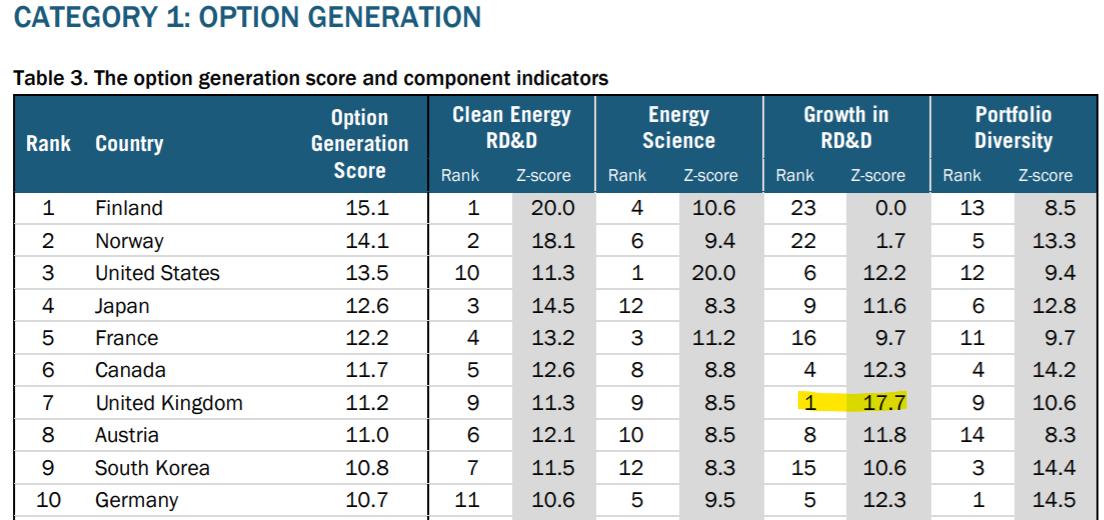However they are often misunderstood so I think it’s worth explaining some of my thoughts:
A) R&D spend roughly scales with an industry’s revenue, so cumulative R&D scales with cumulative production. In a larger industry, more is spent on technological progress & breakthroughs drive down cost...
B) For every product produced the staff & company “learn” how to do their task better. This is both more productive staff & better methods introduced after fixing bottlenecks & problems previously experienced. In other words, all COGs of a product can double up as R&D.
C) Increased economies of scale.
These are actually a function of annual production rather than cumulative production. Scale advantages could be higher staff productivity, fixed cost leverage or better purchasing power from suppliers (plus suppliers own scale savings)…
B) Tightening the feedback loop between design, manufacturing and customer feedback with an agile development business model - this allows you to much more efficiently translate learnings from experience into better production and reduced costs
C) Establishing superior engineering philosophies & corporate cultures: Focus on innovation, Physics first principles based mindset (break down difficult problems into achievable sub tasks), Use multi discipline knowledge & Reject expert's advice if based on bad assumptions.
A) Experience curves really operate on unique components – when looking at a system with multiple sub components you are really looking at an average experience curve over the whole product.
B) Unique new components should follow very steep learning curves (because cumulative production volume is doubling very rapidly) while commoditised components should follow much slower learning curves (because it will take a long time to double cumulative volume).
C) Commodity costs themselves might not reduce at all (or even increase in price if raw material production expansion is lagging behind end product capacity/demand).








